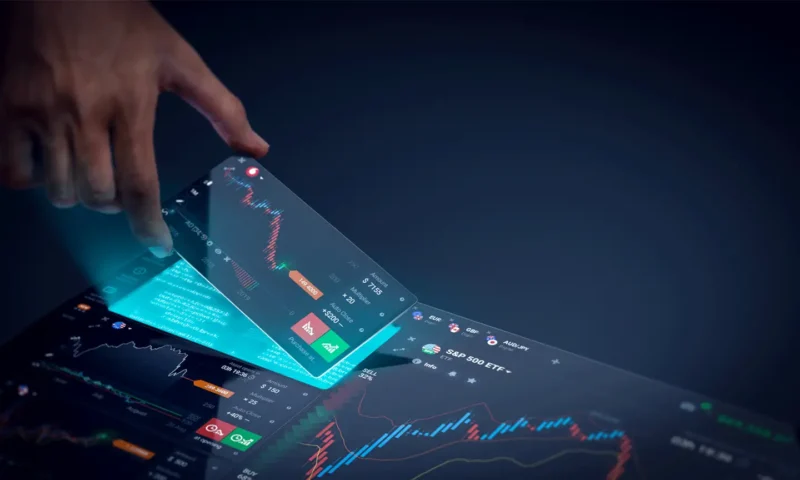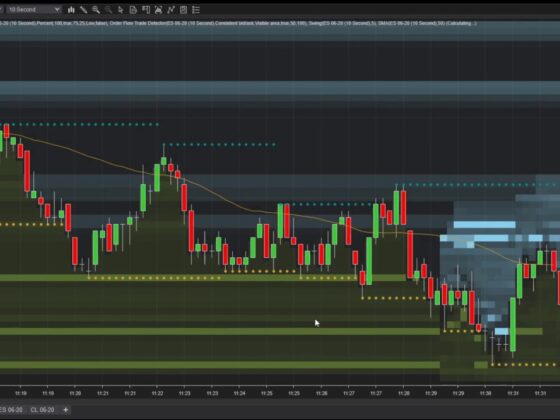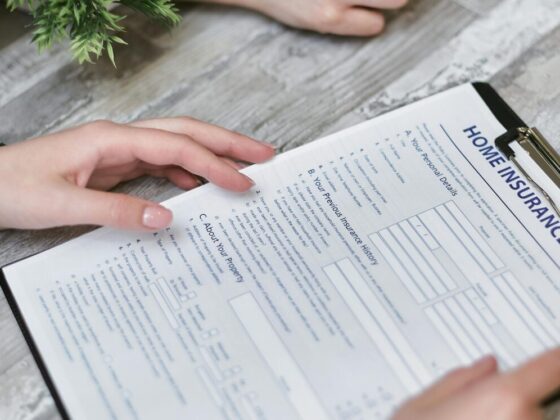When it comes to choosing a trading platform, you can’t just settle for the first one that pops up. Like dating, a platform needs to check some boxes before you invest any time or cash. But the process of spotting red flags can feel like walking through a minefield. So, I’m breaking down the key signs that a platform isn’t as reliable as it claims.
I’ve looked at some of the top platforms out there, including Binomo, which offers a $10,000 demo account for beginners to explore. Here’s what you need to know before making your choice.
Key Points
- Check for secure logins, hidden fees, and account restrictions.
- Look for positive, genuine reviews outside of the official site.
- Avoid platforms with slow customer support.
- Watch out for unclear rules or transaction limits.
- Make sure you understand the risks before starting.
1. Security and Privacy Features
A platform’s first duty is to protect your information. Some platforms offer multi-factor authentication, data encryption, and security protocols. Look for a detailed privacy policy too. No privacy policy or complex jargon? Big red flag. Always ensure they won’t sell your data or leave you vulnerable to hacks. Check if they are regulated by a known financial authority; it’s a strong indicator of credibility.
2. Fees and Costs ─ No Surprises, Please
Trading fees are a given. But if a platform hides charges, you’ll feel the pinch later. Transparency is crucial here. Review transaction fees, withdrawal costs, or any “maintenance” fees, so you know what you’re paying. Watch for platforms that change fees out of nowhere. A clear fee structure makes all the difference, allowing you to calculate and plan without nasty surprises.
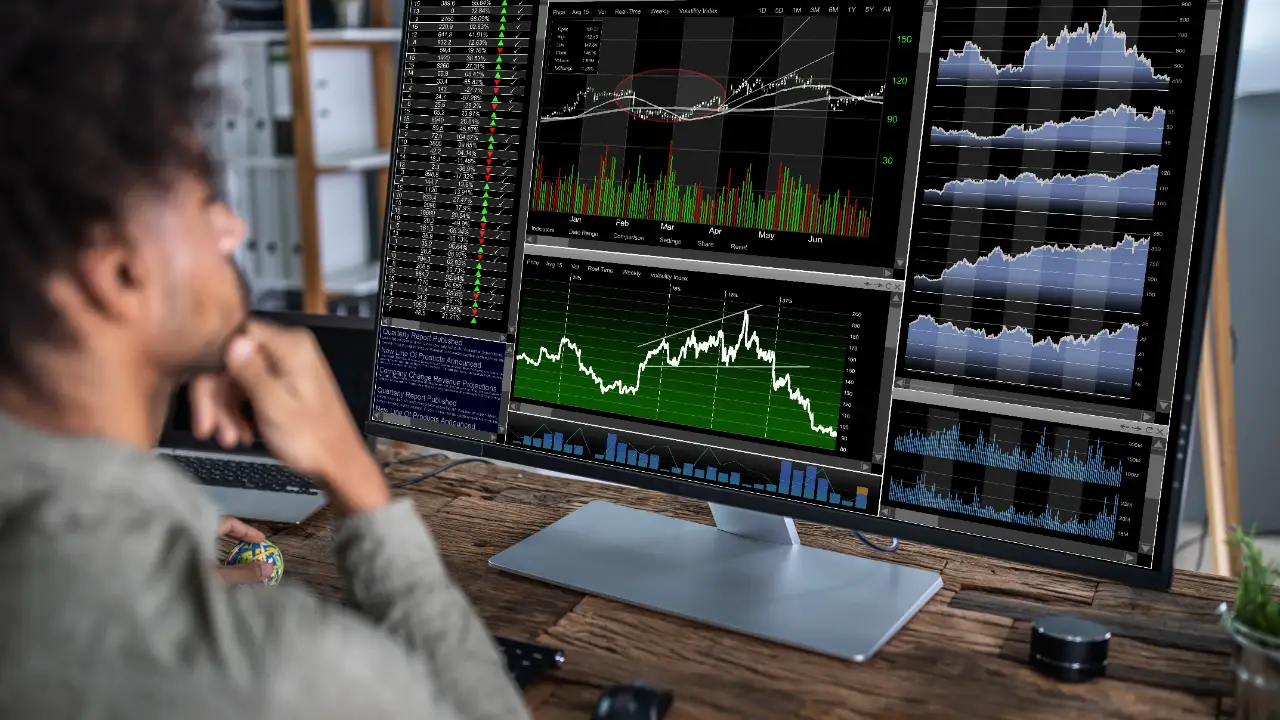
Common Fees on Platforms
| Fee Type | Description |
| Transaction Fees | Charged on every trade |
| Withdrawal Fees | Applied when withdrawing funds |
| Maintenance Fees | Monthly charges for account upkeep |
3. Reputation ─ A Background Check Is Non-Negotiable
If you’re about to trust a platform, do a background check. Reputation matters, and there are plenty of places to look. Don’t just rely on the testimonials on their website; go deeper. Google reviews from actual users. Look at forums, social media, and industry news. A platform with a poor reputation, including issues of sudden account restrictions or fund freezes, should be a deal-breaker.
4. Customer Support ─ Response Time Is Key
Trading can be time-sensitive, so if customer support takes days to respond, you could lose money. Platforms with 24/7 support usually win points, but availability isn’t everything. Look at how long they take to answer emails, calls, or live chats. If reviews show a trend of slow responses or unhelpful service, that’s your signal to move on.
5. Account Setup and Verification Speed
Some platforms make you wait forever for verification. Others will approve you in hours. A reliable platform often verifies users quickly without extensive hassle. Prolonged or invasive verification processes hint at poor management or overcomplicated rules. And remember, any requirement for excessive personal information that doesn’t fit regulatory standards could be sketchy.
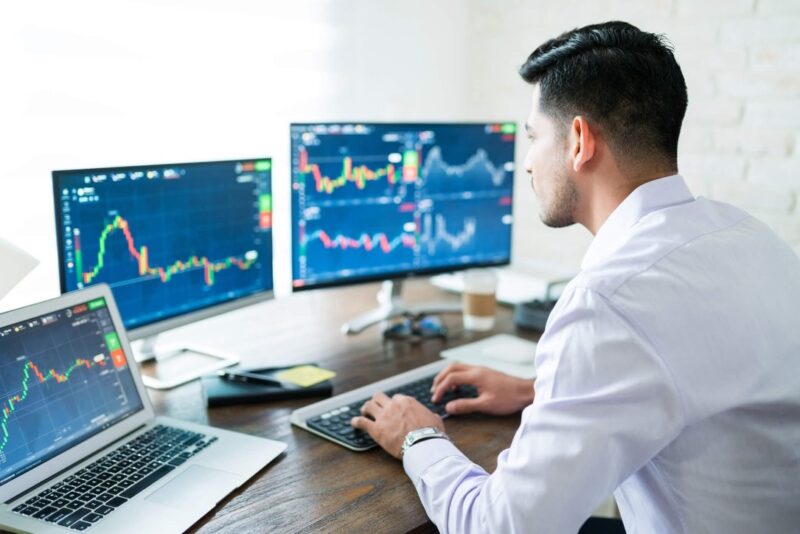
6. Lack of Clear Terms and Conditions
A trading platform should have transparent terms and conditions, spelling out everything from user responsibilities to withdrawal policies. Vague or confusing language around basic procedures is a tell-tale sign of a platform hiding potential pitfalls. Always read the terms in detail; if you don’t understand them, it’s best to move on.
7. Complex User Interface ─ A Big Red Flag for Beginners
A good platform should make trades simple to execute. But if the layout confuses you, or you find yourself constantly searching for basic options, it’s not designed with the user in mind. An intuitive interface is a priority, especially if you’re new to trading. Platforms with overly complex dashboards usually cater to seasoned traders and may not provide the ease of use beginners require.
8. Limited Withdrawal Options or Delays
A platform should make withdrawing funds straightforward. Limited or delayed withdrawal options can be frustrating and are often red flags for liquidity issues on their end. If reviews frequently mention withdrawal problems, steer clear. Look for platforms that offer multiple withdrawal options, ensuring flexibility and ease for all users.
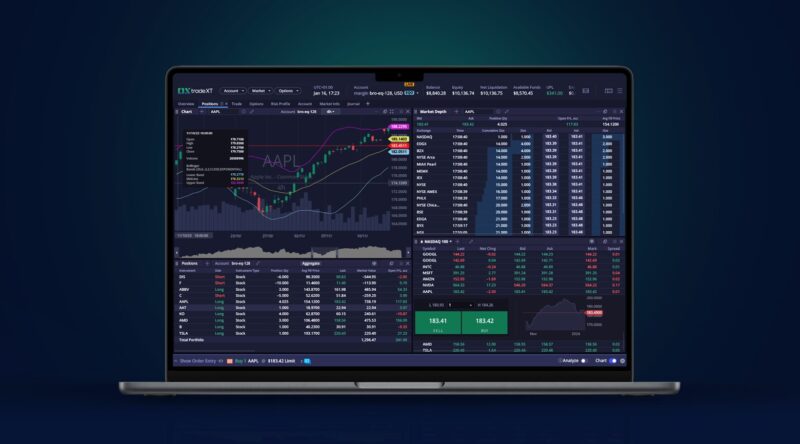
9. Lack of Educational Tools
Educational tools and demo accounts are more than perks; they’re essential for learning. A platform without any sort of training tools doesn’t prioritize the user experience. New traders should consider platforms that provide demo accounts, such as Binomo, where you can start with $10,000 in a demo account, making it easy to practice without risking your money.
10. Questionable Promotions or Bonuses
If the promotion sounds too good to be true, it probably is. Beware of platforms with large bonuses that require high minimum deposits or carry hidden conditions. A trustworthy platform will offer bonuses transparently, with conditions you can easily find and understand. Suspicious bonuses often mean the platform isn’t financially stable and needs cash flow fast.
